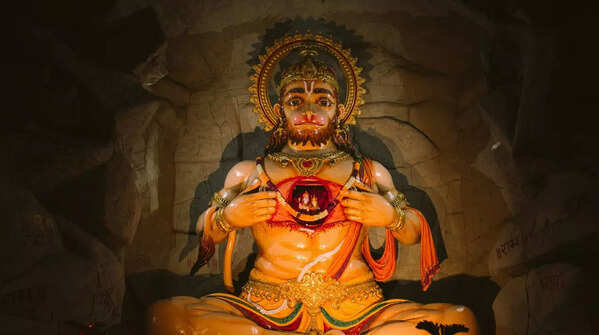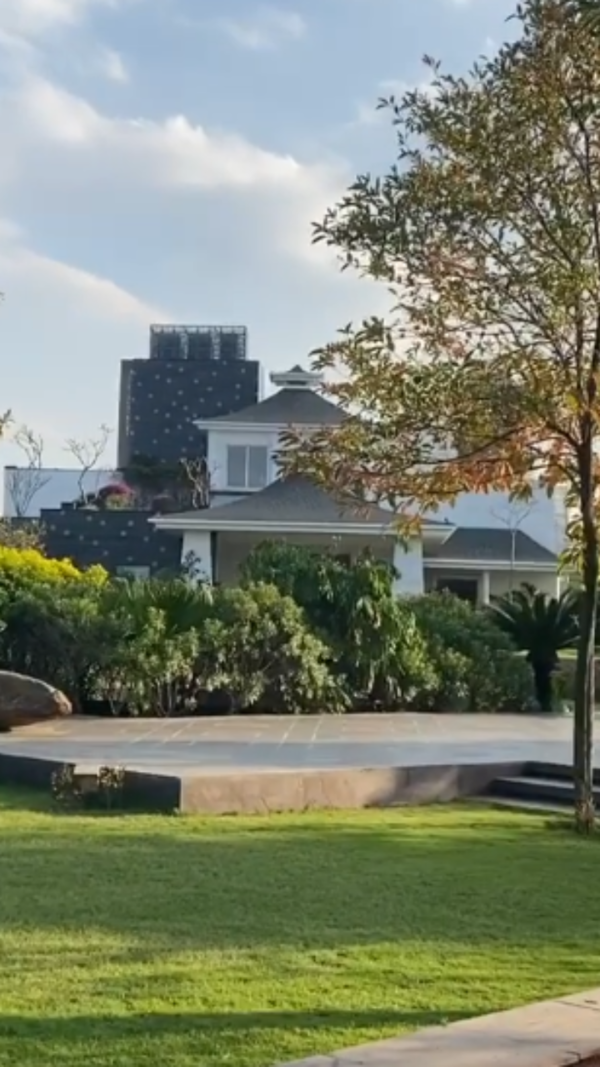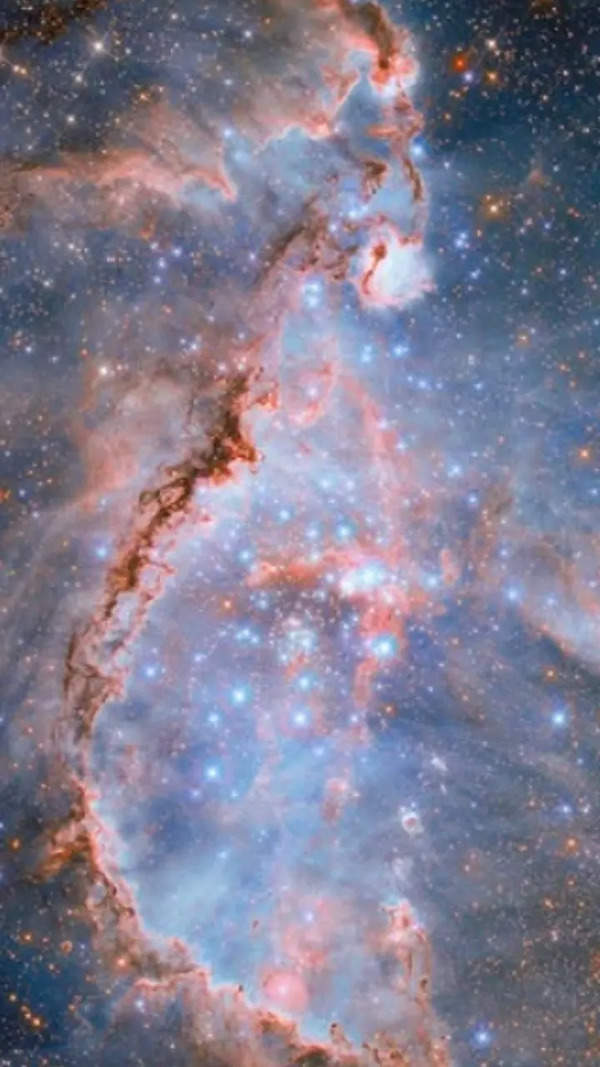- News
- lifestyle
- soul-search
- Hanuman Chalisa: Best time, benefits, right way to chant, and mistakes to avoid
Hanuman Chalisa: Best time, benefits, right way to chant, and mistakes to avoid

Hanuman Janmotsav 2025
For devotees of Lord Hanuman all over the world, Hanuman Janmotsav, also called Hanuman Jayanti, is one of the most important days and festivals. It is considered to be the day Lord Hanuman was born to Anjani and Kesari, with a blessing from VayuDev, and thus he is also known as ŌĆśPavan putra’┐Į?or the son of wind.
People celebrate Hanuman Jayanti with great devotion, be it by visiting Hanuman temples or chanting the Hanuman Chalisa 108 times, and promise Lord Hanuman that they will live a calm, truthful, and loving life.

Hanuman Jayanti 2025 - Date and timing
In 2025, Hanuman Janmotsav will be celebrated on Saturday, April 12, which is the Purnima tithi in the month of Chaitra, according to the Hindu calendar.
According to Drik Panchang, ŌĆ£Hanuman Jayanti on Saturday, April 12, 2025Purnima Tithi Begins - 03:21 AM on Apr 12, 2025Purnima Tithi Ends - 05:51 AM on Apr 13, 2025ŌĆØAnd as the Purnima Tithi will begin in the Brahma Muhurat itself, Hanuman Jayanti will be observed on the same day.

Why is Hanuman Jayanti celebrated?
Hanuman Jayanti is celebrated and observed as the birth anniversary of Lord Hanuman. It is said that even before Lord Hanuman is a deity, he is a devotee himself, the ultimate devotee of Lord Ram, ready to do anything for him, at any time. Be it scaling the mountains to reach Maa Sita just to give her an indication of Lord Ram, to setting Lanka on fire, as a means to tell Ravan that he fears no one, Lord Hanuman has done it all.
He is the perfect example of a devotee, of power, of sincerity, of asceticism, and of course, of pure love and devotion.

Hanuman Chalisa for Lord Hanuman
On the day of Hanuman Jayanti, the chants and mantras from the Hanuman Chalisa fill the air. From homes to temples, the most common way to remember Lord Hanuman is with the Hanuman Chalisa.
A 40-verse hymn, the Hanuman Chalisa is about the life, achievements, strength, and wisdom of Lord Hanuman and tells all about him to devotees. Written by Tulsidas ji in Awadhi, people learn and chant the Hanuman Chalisa from childhood to appease Lord Hanuman.

Best time to chant Hanuman Chalisa
While there is no one time to chant the Hanuman Chalisa, it is believed that chanting in the Brahma Muhurat can bring great benefits. People chant the Hanuman Chalisa whenever they pray, or are scared, or when they have some time at hand. But some believe that chanting it in the Brahma Muhurat, when the atmosphere is quiet and free from any distractions, gives the best results. During the Brahma Muhurat, the mind is calm, and the energy is most positive during these hours.

Benefits of chanting Hanuman Chalisa
There are ŌĆśn’┐Į?number of benefits that come with chanting the Hanuman Chalisa, and the more you chant it, the better it is for your mental health, your peace of mind, your feelings of courage, and more. It is believed that as Lord Hanuman is a symbol of strength, chanting Hanuman Chalisa brings physical fitness in life by pushing people to do well. It is also believed to calm the mind, help balance oneself emotionally, and of course, keep negative energies away.
When you chant the Hanuman Chalisa in times of distress, after chanting it 4-5 times, you will feel a sense of protection and calm surrounding you, making you feel at ease.

Mistakes to avoid while chanting Hanuman Chalisa
There are some mistakes that people do when chanting the Hanuman Chalisa, and many of them come in the form of pronunciation errors, as well as not chanting correctly.
For example, one should never rush through the verses of the Hanuman Chalisa, and they should understand the words and verses well, not just mug them up and chant. Plus, whenever reciting the Chalisa, do not become distracted with your phone or notifications, as this will just result in you not connecting with the energies of Lord Hanuman. Another mistake people make, as pointed out by Guru Rambhadracharya, is that people should take their name in the last lines. As the verse goes, ŌĆśTulsidas sada hari chera,' people should take their name instead of Tulsidas jiŌĆÖs.









